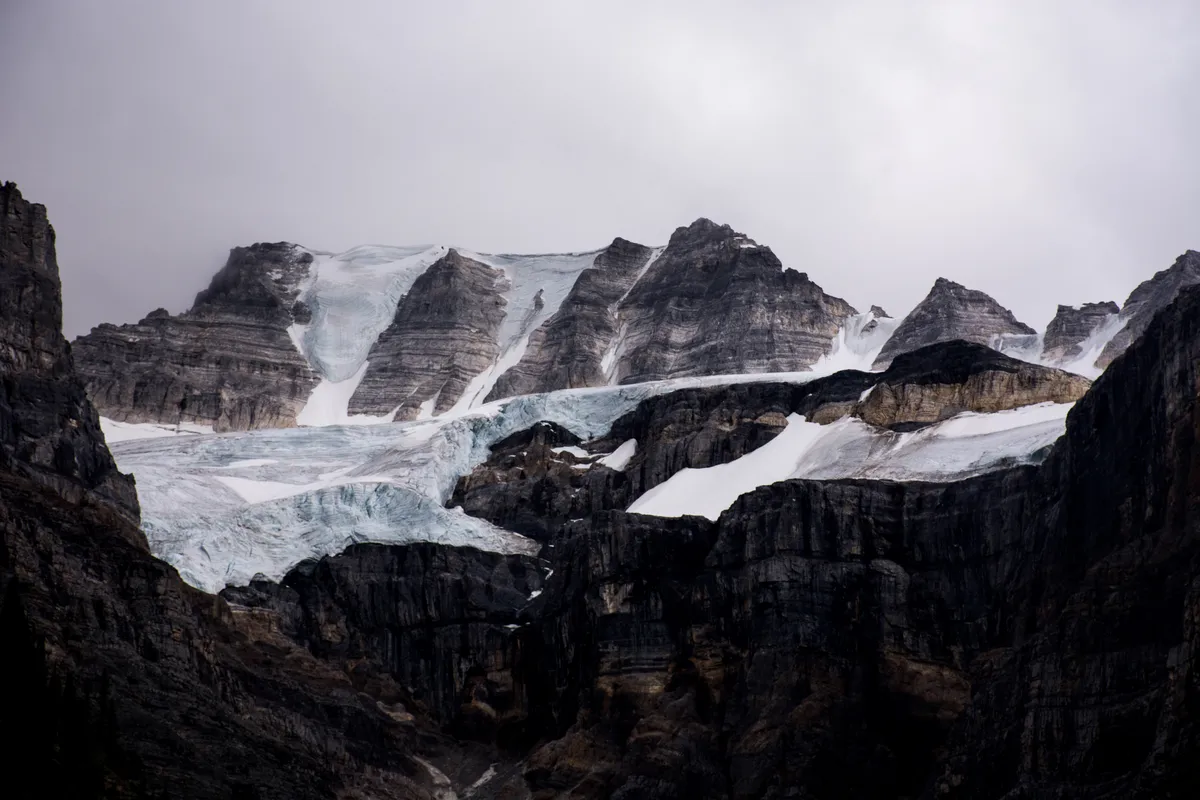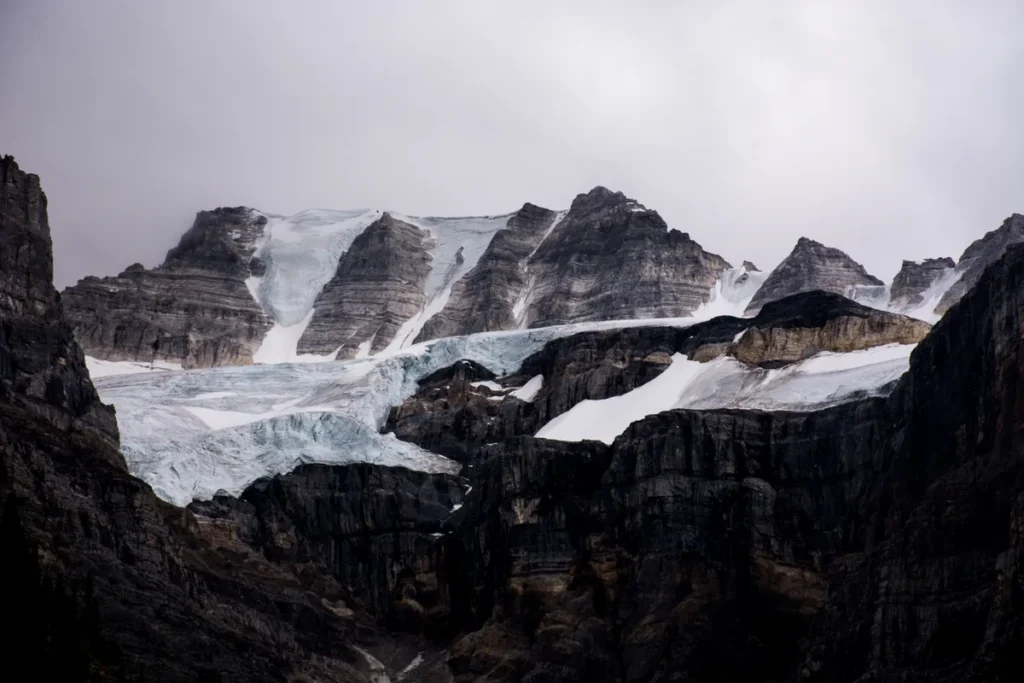Origins Of The Rocks That Built The First True Continents Revealed

Origins Of The Rocks That Built The First True Continents Revealed

The first continents formed before plate tectonics got started, new research claims, and explains the process that formed the stones that survive to this day.
The first continents emerged about 3.5 billion years ago, but geologists are unclear on the initial formation process. A new explanation attributes their rise to an association of three types of coarse-grained rocks, collectively called granitoids, that might look very familiar to someone with a recent home renovation.
Once the Earth cooled and developed oceans, that was almost all it had. The land was restricted to small volcanic islands that have long since eroded away. However, we know that pieces of early continents survive in Western Australia, northern Canada, and Greenland. These gradually expanded to become the modern versions of those places, while other continents caught up hundreds of millions – or even billions – of years later.
However, the process by which the first crust was formed has puzzled geologists, particularly regarding whether plate tectonics were involved. Any crust almost four billion years old has seen a lot in the meantime, making it hard to identify its individual nature. Even if we could see the rocks fresh, the process from the eruption of magma to crystallization was probably complex and hard to trace in reverse.
Nevertheless, Dr Matthijs Smit and colleagues at the University of British Columbia claim to have done just that. “We tracked a specific set of trace elements that aren’t affected by alteration and pristinely preserve signatures from the original magma,” Smit said in a statement. The authors consider ratios of these elements, some quite rare, to be key to resolving what occurred.
The original crust was composed of three types of rock; tonalite, trondhjemite, and granodiorite, collectively known as TTG. Previous studies of TTG looked at samples from one or a few locations, but Smit and colleagues analyzed materials collected worldwide to find the commonalities and ignore the rest.
“These elements allowed us to look back through the chemical changes that TTG magmas go through and trace the melt compositions back to their initial state and source,” Smit added. He suspects the source was probably gabbro, a sort of rock formed by the slow cooling of magma rich in magnesium and iron.
The process the authors propose would explain the composition of the older parts of the continents that have become their backbones.
“All these rocks – and especially their combination – can be explained by the model we present,” Smit claimed. “Ours is a simple model in which TTGs, as well as the younger rocks that TTGs are typically associated with, resulted from the slow burial, thickening, and melting of precursor crust that likely resembled oceanic plateaus.
The continental crust was destined to develop the way it did, because it kept getting buried further and the rocks at its base had no choice but to melt. In doing so, they made the TTGs that proved a winning recipe for continental survival and growth.” Temperatures probably exceeded 1,600° C (2,900° F) under all the material above.
If the model stands up to scrutiny, it will resolve a problem for geologists. Previous models proposed TTGs were formed in the first subduction zones after plate tectonics began. However, there is uncertainty on the timing of plate tectonics’ origins, and some suspicions it is younger than the first continents, posing an obvious problem.
“There’s always been a ‘chicken-and-egg’ question of which came first – the start of plate tectonics of TTG magmatism to make new continental crust,” Smit said. “We show that these things may actually not be directly related. The recognition of the type of source rock makes this leap possible and also takes away the need to have other mechanisms, such as meteorite impact, explain the growth of the first real continents.”
TTG crust now only makes up a minority of the Earth – but it, and related slightly younger rocks, are still a big part of North America in particular. Some people have taken a liking to it.
“Funnily enough, many people have varieties of this type of rock as a kitchen countertop,” Dr Smit said. “In a way, many people are preparing their dinner on the type of rock that was responsible for making our modern continents.”
This may not be a good thing. While granite kitchenware is safe to use, the high number of deaths associated with cutting engineered stone has led to investigations that suggest cutting granite to make furnishings can be a health risk too. Sometimes it’s best to leave old things in their place.
The study is published open access in the journal Nature Communications